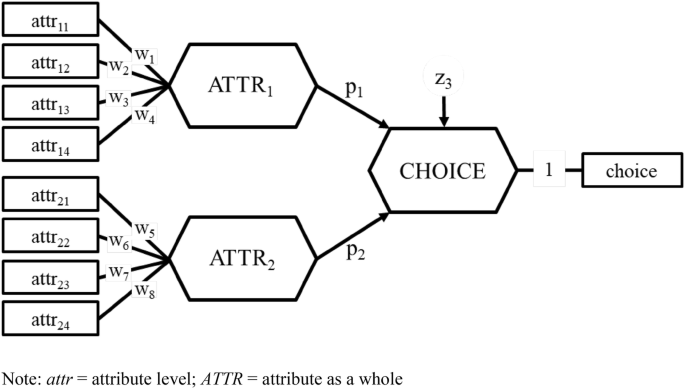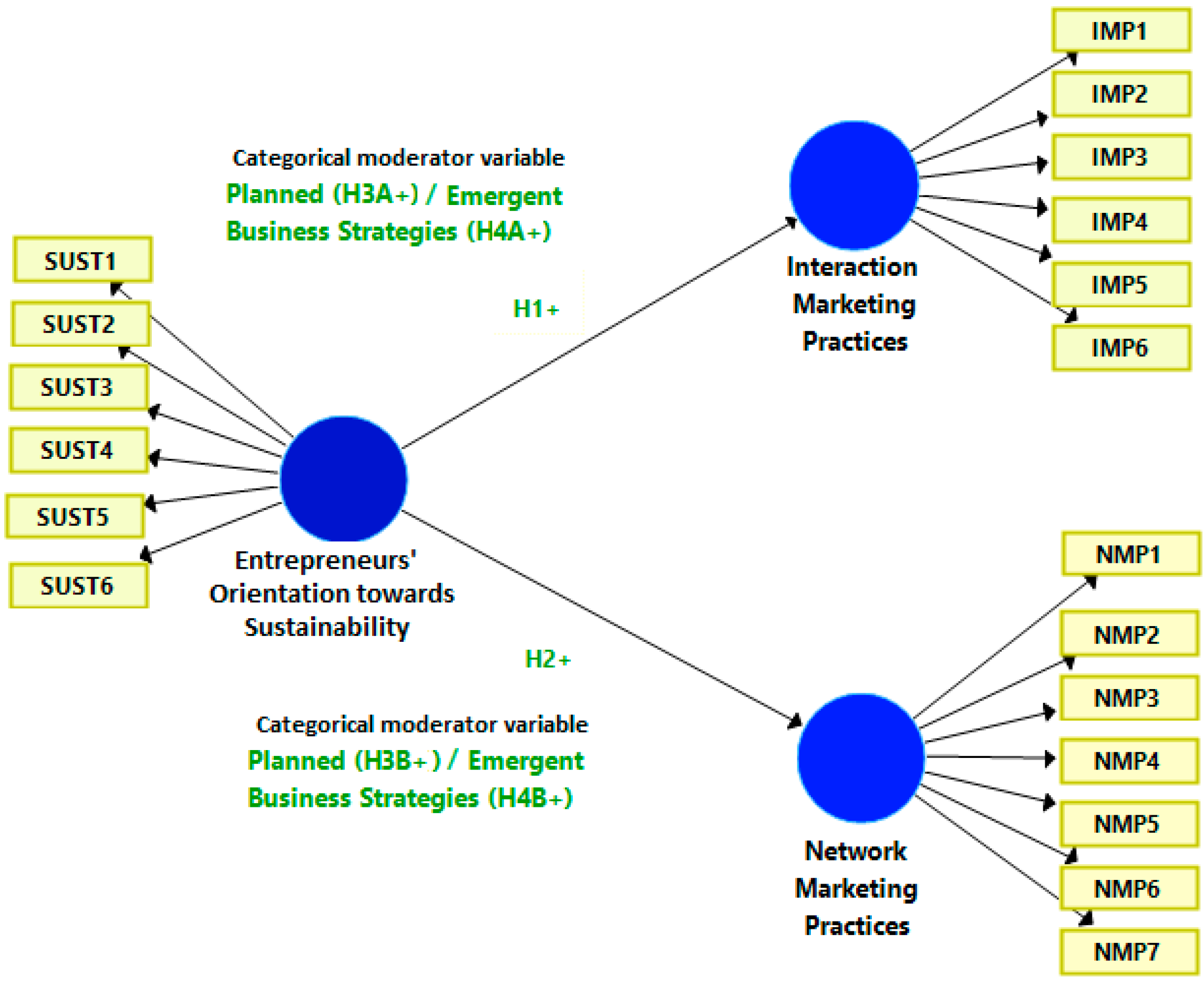

The lack of heterogeneity leads us to reject the eighth hypothesis (H 8) about the categorical moderation role of business type in the model. All other path coefficients do not differ significantly. As revealed in Figure 97, only 1 relationship (PRICE LOYAL) differs significantly- across the two groups. The standard errors 107 of the PLS parameter estimates can be found using the bootstrapping procedure.

path coefficients) differ significantly across the 2 groups. The main idea is to check if the variances of the PLS parameter estimates (i.e. Becker, Rai, Ringle, & Volckner (2013) advise that researchers who failed to consider this potential issue may draw incorrect conclusions. This kind of concern is understandable because heterogeneity may exist to show significantly differences in model relationships. This way, Susan can explore if there is any categorical moderating effect of business type (i.e., non-profit = group 1 for-profit = group 2) on her research findings. H 8: There is significant categorical moderating effect of business type on the relationship among model constructs.Ī multi-group analysis (PLS-MGA) is conducted using the parametric approach 106 as suggested by Keil et al., (2000).

To confirm such insights, the last hypothesis is built as follows: Multi-group Analysis – “Business Type” in the Photocopier Manufacturer Exampleīefore starting this research project, Susan’s colleagues in the sales department keep telling her that non-profit business customers often behave very differently from for-profit ones in their decision-making processes. Relevant innovative algorithms will also be made available in SmartPLS within a short time.

Here is our (constantly growing) list of all available calculation methods. SmartPLS is the workhorse for all PLS-SEM analyses - for beginners as well as experts


 0 kommentar(er)
0 kommentar(er)
